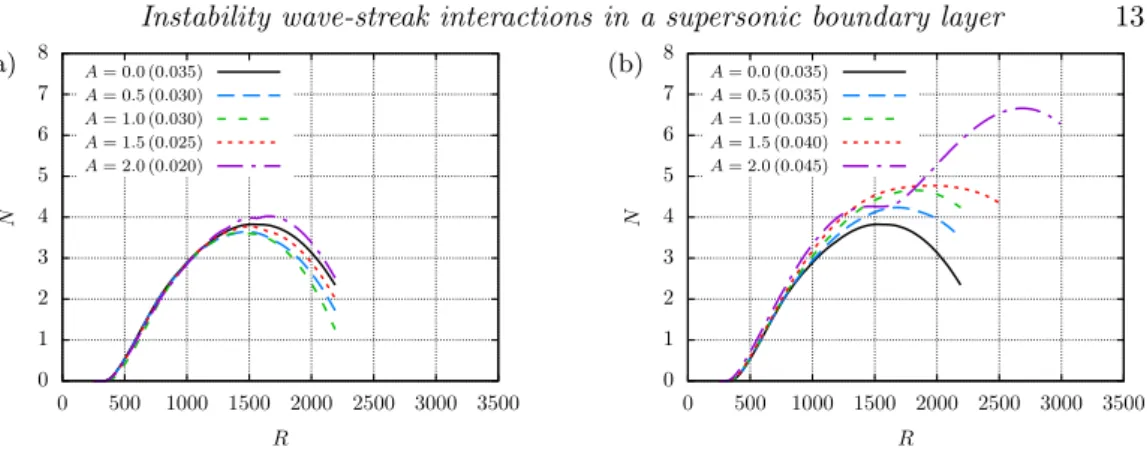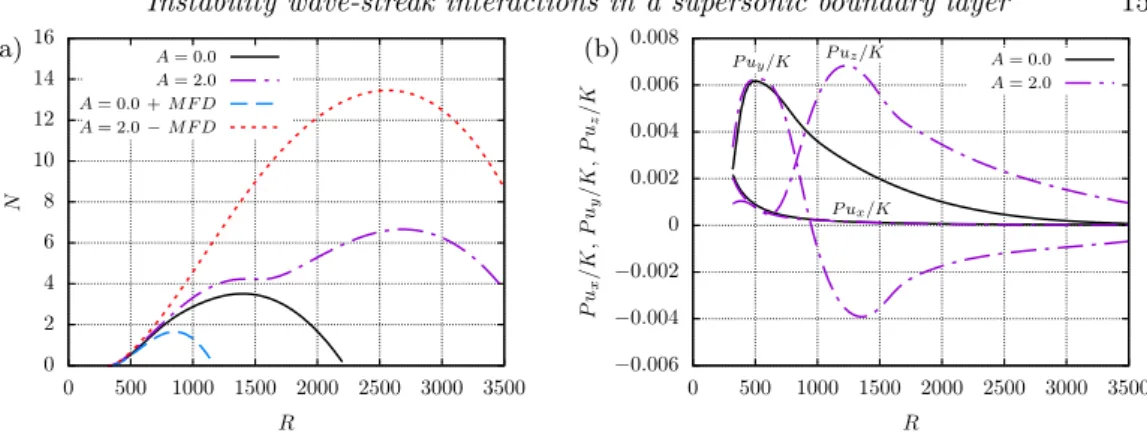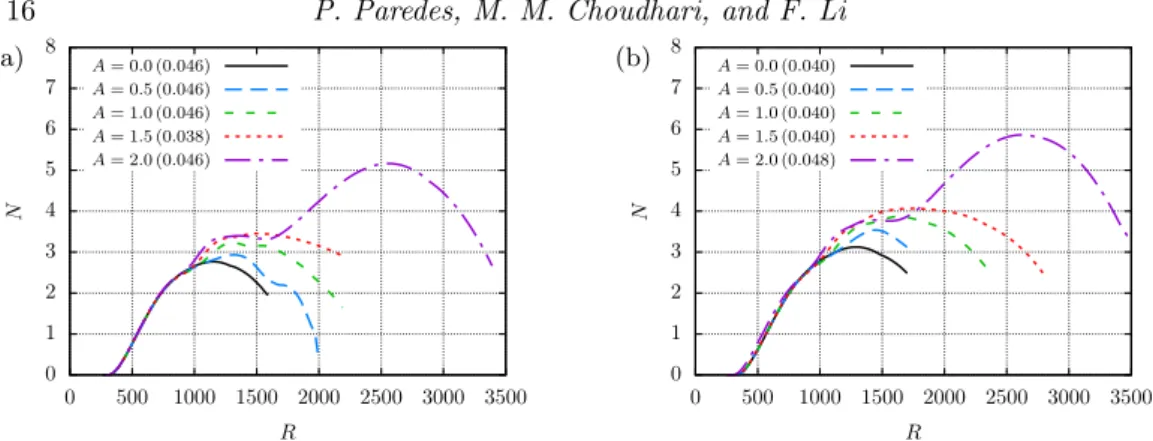Instability Wave-Streak Interactions in a Supersonic Boundary Layer
Full text
Figure




Related documents
Figure: Contours of U from body fitted (black contours) and immersed. boundary method ( red contours ), planes cutting through
Observations are presented to show that in an adverse pressure gradient boundary layer, beneath free-stream turbulence, the interaction between Klebanoff streaks and naturally
M * = (Mass flux of the microjets) / (Mass deficit based on δ ) where, δ is the boundary layer thickness at the ramp leading edge. The mass flow rate, m in , through the
Those two flight projects are the Hypersonic Boundary layer Transition (HyBoLT) flight experiment and the Shuttle Boundary Layer Transition Flight Experiment (BLT
A flight experiment was conducted to investigate the pressure distribution, local flow conditions, and boundary-layer transition characteristics on a large flat plate in
to the time scale of the acoustic instability in the boundary layer, significant energy. may be scrubbed from
The scalability of the interactions induced by impinging shock waves traveling over the turbulent boundary layer with nearly constant shock strengths has been experimen- tally
The boundary layer state at the shock impingement location was varied from laminar to turbulent to investigate the heat flux amplification in transitional SWBLI for three





